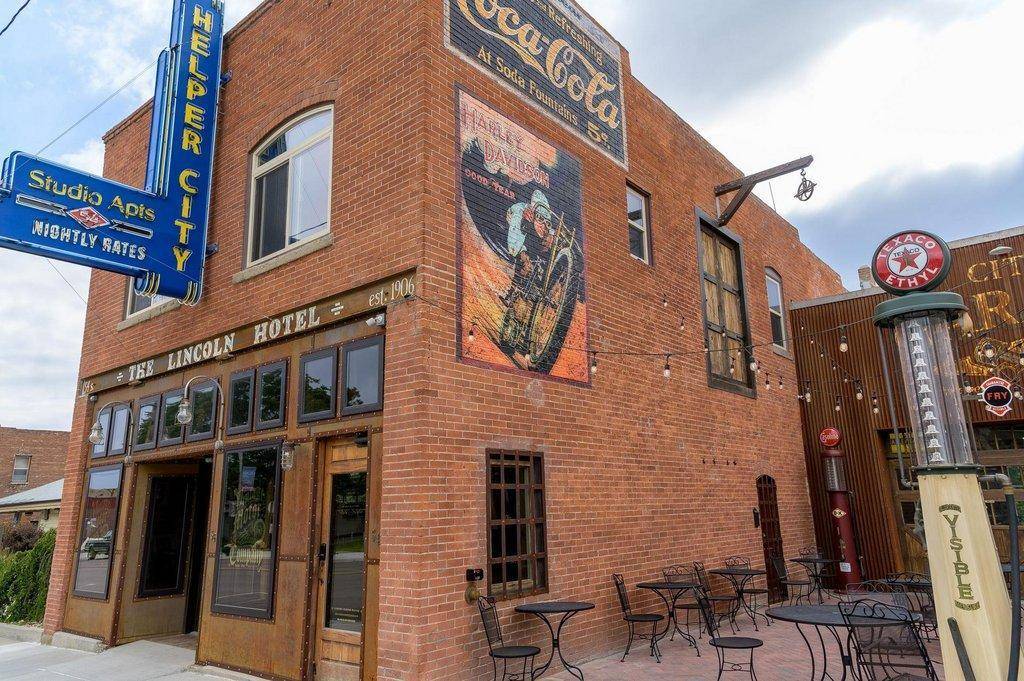Photo by Jeff Barrett
A study by Zions Public Finance Inc. was commissioned by the Business Expansion and Retention (BEAR) group to determine the funds local residents spend outside of Carbon and Emery counties. Known as leakage, the findings reported where the two counties are bringing in customers verse where they are losing customers that shop elsewhere.
Susan Becker of Zions Public Finance Inc. reported these findings during a BEAR general board meeting last week. She outlined positive leakage, including categories that are bringing in customers, as well as negative leakage, which included categories where residents are spending elsewhere. The study was conducted pre-COVID and summarized 2019 spending.
The goal of the report is to show what industries are doing well, as well as outline opportunities for local growth as businesses look to fill customers’ needs.
Beginning with the positive leakage, Becker shared that general merchandise stores top the charts in Carbon and Emery counties. The general merchandise category, which includes stores such as Walmart, had a positive leakage of $19,954,636, which is a capture rate of 136%. Close behind was the motor vehicles and parts dealers category with $19,428,417 in positive leakage at a 135% capture rate.
Other mentionable categories, with their respective positive leakage and capture rates, were as follows: gasoline stations ($14,203,849; 240%), repair and maintenance ($12,446,577, 220%), food and beverages stores ($5,377,317; 114%), accommodation ($2,967,457, 119%), non-store retailers ($455,151, 104%) and museums ($263,918, 155%).
The positive leakage report shows where Carbon and Emery counties are strong at capturing local spending. On the flip side, the negative leakage shows where dollars are leaving the area. Becker said the negative leakage report shows local businesses and entrepreneurs where there is opportunity for additional offerings.
The highest amount of leakage is coming from the building material and garden equipment category in the amount of $14,813,307. This category is capturing 50% of local spending. Another category recording high leakage is clothing at $12,835,432, a 15% capture rate. The food services and drinking places category has a negative leakage of $10,428,169 or 74%.
Other mentionable categories, with their negative leakage and capture rates, were as follows: furniture ($7,521,409; 14%), sporting goods and hobby stores ($5,716,871, 32%), electronic and appliance stores ($4,696,527, 47%), amusement ($4,154,064; 25%) and health care stores ($3,058,801, 28%).
Becker then took time to compare these categories in 2019 as opposed to 2012, showing increases and decreases for various categories. The museum category made the biggest leap in percentage in that span with the capture rate going from 112% in 2012 to 155% in 2019. Other categories seeing increases, in order by percentage, included personal and laundry services (+16%), general merchandise (+13%), and motor vehicle and parts dealers (+9%).
On the opposite end of the spectrum, gasoline stores saw the biggest dip from 2012 to 2019 at -53%. Health stores saw a -35% report while the building materials and gardening equipment category was -30%. Other categories taking a hit were amusement (-14%), accommodation (-9%), electronics and appliance stores (-6%), clothing (-5%) and furniture (-5%).
With all of the categories combined, Carbon and Emery counties saw a -3% leakage on local spending from 2012 to 2019.

